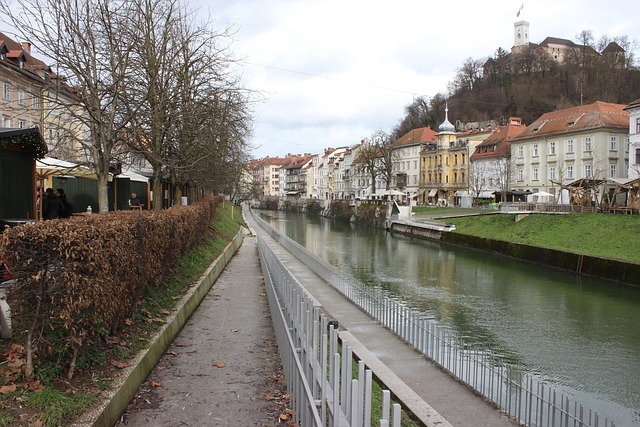In Karachi, two contrasting urban planning concepts—Scheme 33 and Gulistan-e-Jauhar—shape the city's future. Scheme 33 emphasizes structured development with clear zoning, green spaces, and well-designed roads, catering to families seeking affordable, city-central living. In contrast, Gulistan-e-Jauhar promotes mixed land use, social interaction, and foot traffic, revitalizing urban spaces with luxurious residences and top-notch amenities, appealing to those prioritizing comfort and community within the bustling metropolis. These developments reflect Karachi's diverse needs, showcasing how urban planning can balance individual lifestyles and collective experiences.
“In Karachi’s ever-evolving urban landscape, two prominent development schemes—Scheme 33 and Gulistan-e-Jauhar—have left their mark. This comparative study delves into these concepts’ intricacies, exploring their design philosophies, effects on the city’s infrastructure, and community impact. Understanding their key differences is crucial for evaluating how each scheme contributes to Karachi’s growth. From urban planning perspectives, this analysis sheds light on the advantages and challenges, offering insights into the city’s future development trajectory.”
- Understanding the Urban Planning Concepts
- – A brief overview of Scheme 33 and Gulistan-e-Jauhar
- – Key differences in design and purpose
Understanding the Urban Planning Concepts

In the vibrant city of Karachi, understanding urban planning concepts is paramount for shaping a sustainable and livable metropolis. Scheme 33 and Gulistan-e-Jauhar represent two distinct approaches to addressing the urban landscape. Scheme 33, often recognized for its organized layout and efficient infrastructure, emphasizes structured development with clear zoning regulations. This scheme prioritizes access to essential services, green spaces, and well-designed roads, ensuring a harmonious balance between residential, commercial, and recreational areas.
On the other hand, Gulistan-e-Jauhar takes a different tack by focusing on creating a vibrant, integrated community. This concept promotes mixed land use, where residential, retail, and entertainment zones intertwine, fostering a bustling atmosphere. By embracing diversity and encouraging foot traffic, Gulistan-e-Jauhar aims to enhance social interaction and revitalize urban spaces in Karachi, offering a unique alternative to traditional planning models.
– A brief overview of Scheme 33 and Gulistan-e-Jauhar

Scheme 33 and Gulistan-e-Jauhar are two notable housing projects in Karachi, each offering unique benefits to its residents. Scheme 33, developed by the government, is known for its strategic location, proximity to major transportation routes, and well-planned infrastructure. It caters to a diverse range of families seeking affordable housing with easy access to city amenities. On the other hand, Gulistan-e-Jauhar, a private venture, stands out for its luxurious living spaces, state-of-the-art facilities, and serene environment. This project attracts those who prioritize comfort, security, and a high standard of living within a self-contained community in Karachi.
– Key differences in design and purpose

In Karachi, two notable urban developments, Scheme 33 and Gulistan-e-Jauhar, offer distinct visions for the city’s growth. The key differences lie in their design philosophies and intended purposes. Scheme 33, known for its well-planned layout with wide roads, green spaces, and a mix of residential and commercial areas, focuses on creating self-sufficient neighborhoods. In contrast, Gulistan-e-Jauhar prioritizes community living and cultural integration through its unique grid system, featuring dedicated spaces for public events, parks, and mixed-use developments.
While Scheme 33 emphasizes individual amenities and accessibility, Gulistan-e-Jauhar fosters a collective experience by encouraging interactions within the community. These contrasting approaches reflect the diverse needs and aspirations of Karachi’s residents, showcasing how urban planning can either promote individual lifestyles or strengthen communal bonds in a bustling metropolis like Karachi.
In the dynamic cityscape of Karachi, understanding urban planning concepts like Scheme 33 and Gulistan-e-Jauhar is paramount for fostering sustainable development. Each scheme offers unique approaches to address the city’s evolving needs, with Scheme 33 focusing on organized sectors and efficient infrastructure, while Gulistan-e-Jauhar prioritizes green spaces and modern amenities. By recognizing and appreciating these differences, Karachi can chart a course towards a balanced future, harmoniously blending urban growth with quality of life improvements.
